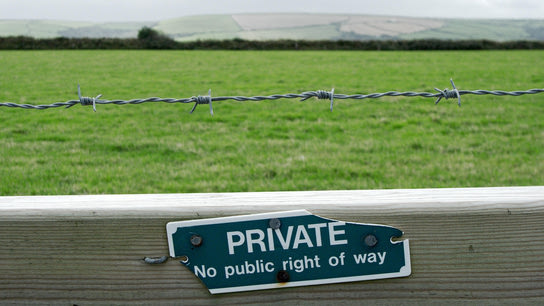Some network services should only be exposed to other computers on the same trusted network. Here is how you set that up with trusted zones in FirewallD for centOS, Fedora Linux, and RHEL.
You can use the predefined zones, get a complete list of the default zones by running the command firewall-cmd --list-all-zones, or create a new zone with the command firewall-cmd --permanent --new-zone="myownzone" (avoid special characters and spaces when naming for simplicity.) For this article, I’ll use the predefined zones home and public to represent a trusted and an untrusted network.
FirewallD uses zones to manage networks. You can bind a zone to a network interface or a set of source IP addresses. You can have multiple active zones, and when no zone is applicable to an incoming connection, the default zone (public) is used. Having too many active zones can impact network performance, but for many cases you’ll only need one trusted an untrusted network.
I’ll now go through how to configure a trusted and untrusted zone step-by-step, and then demonstrate how you can add services to the two zones.
First off, add your IPv4 and IPv6 subnet(s) to your trusted zone (home.) Rules in the home zone will be applied to any source IPs from these subnets.
firewall-cmd --permanent --zone="home" --add-source="198.51.100.0/24"
firewall-cmd --permanent --zone="home" --add-source="2001:0DB8::/32"
firewall-cmd --reloadYou can then verify that the zones are correctly associated with the source IP/subnets you specified by querying for information about the currently active zones:
firewall-cmd --get-active-zonesYou should see your source IPs listed under the desired zones.
If you try to assign the same source IPs to different zones, you’ll run into a Error: ZONE_CONFLICT error. It’s undesirable to assign the same source IPs to different zones: a network can’t be both trusted and untrusted at the same time. Instead, you’ll want to configure more granular zones with varying levels of trust for each IP address range.
Now that you’ve configured your trusted zones and bound them to your IP subnets, you’ll want to configure different service availability for your different network zones. Start by listing the services that are already associated with your zones:
firewall-cmd --permanent --zone="home" --list-services
firewall-cmd --permanent --zone="public" --list-servicesTo manage services, all you’ve to do is to specify which zone they belong to. For example, assuming that the SSH service is available on the public untrusted zone, and you want to make it accessible only to hosts coming from the home trusted zone:
firewall-cmd --permanent --zone="home" --add-service="ssh"
firewall-cmd --permanent --zone="public" --remove-service="ssh"
firewall-cmd --reloadThat’s all there’s too it. Configuring zones in the firewall-config GUI program can be a bit fiddly so I recommend sticking with one of the command-line tools.
